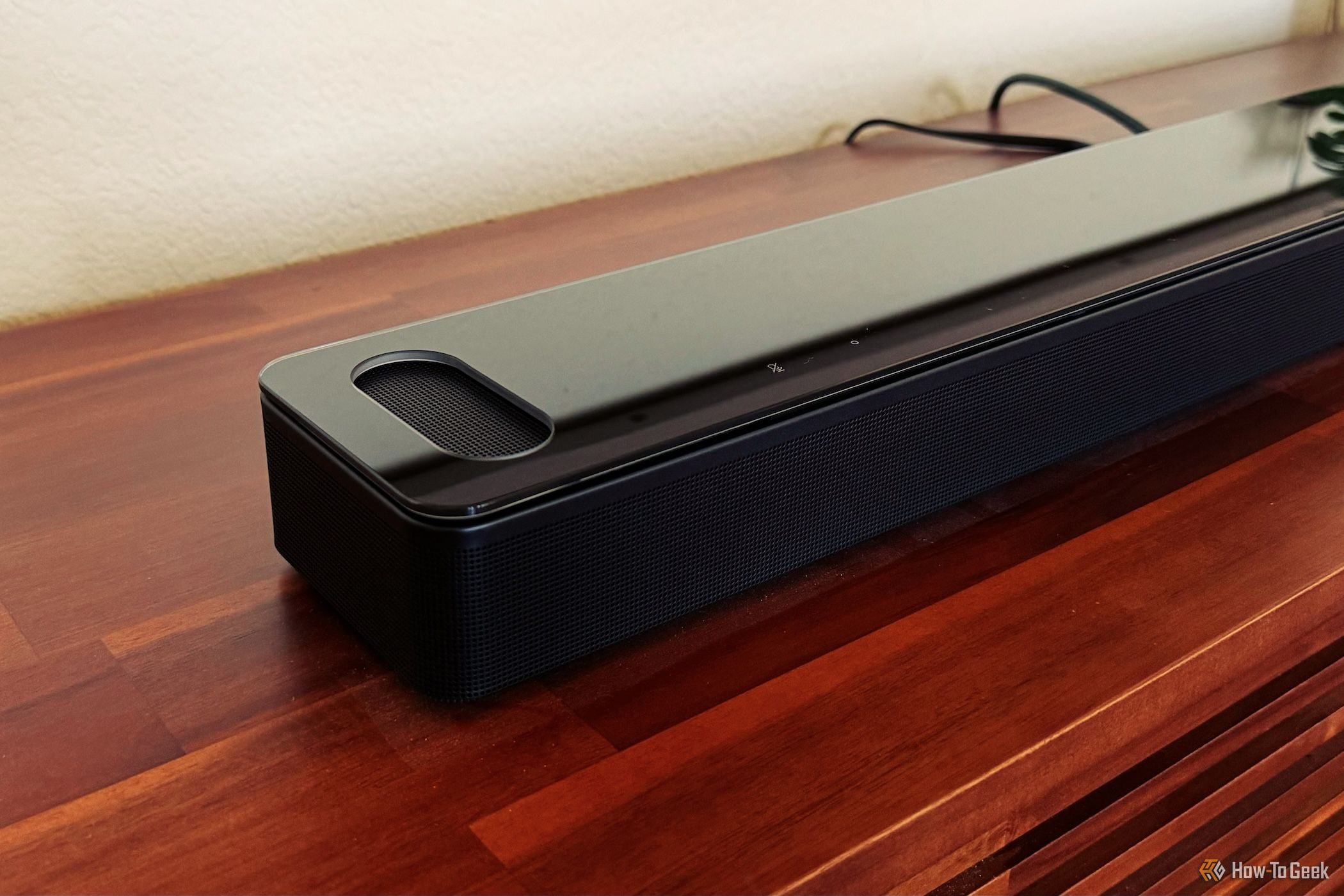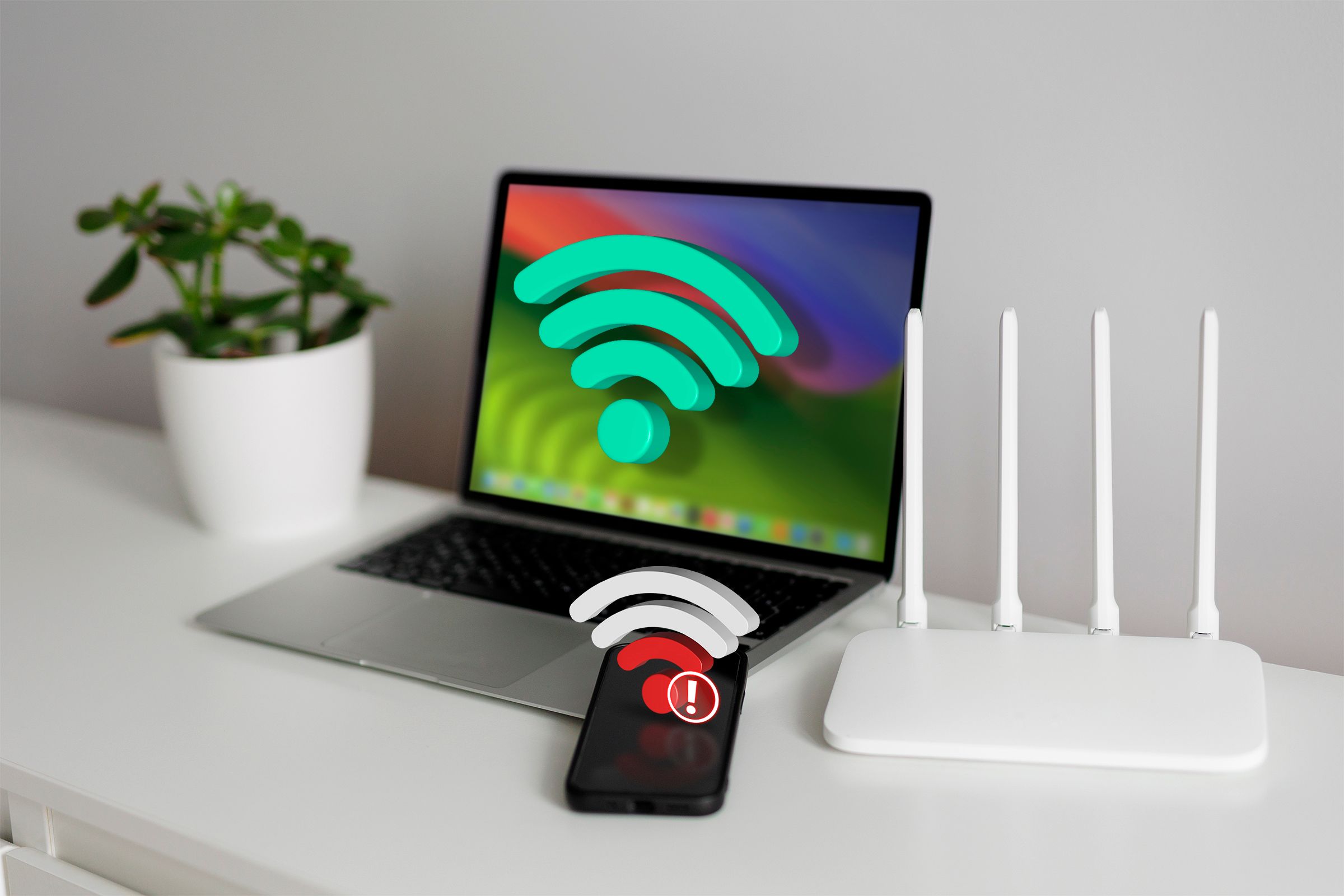If your back hurts in the morning, then you probably remember how you knew a call or text message was coming thanks to a distinctive morse-code-like interference on whatever speakers were nearby. Usually your desktop PC speakers.
You may also have noticed that even if your phone is right next to your computer, TV, or anything else with speakers, that doesn’t seem to happen anymore. So why did this problem quietly go away?
Remember That Buzz?
I remember it like yesterday, when my old Nokia 2110 would make my computer, or the TV, or the Hi-Fi, do that dit-dit-dit noise whenever a message or call came in. This could even hit you during a school assembly while the principal was talking on the PA system, which made him do that dance where you try and unclip your phone from your belt to turn it off.
Also, yes, people clipped their phones to their belts. A lot.
This interference was caused by RF (Radio Frequency) interference from the phone using GSM technology to communicate with the nearest cellphone tower.
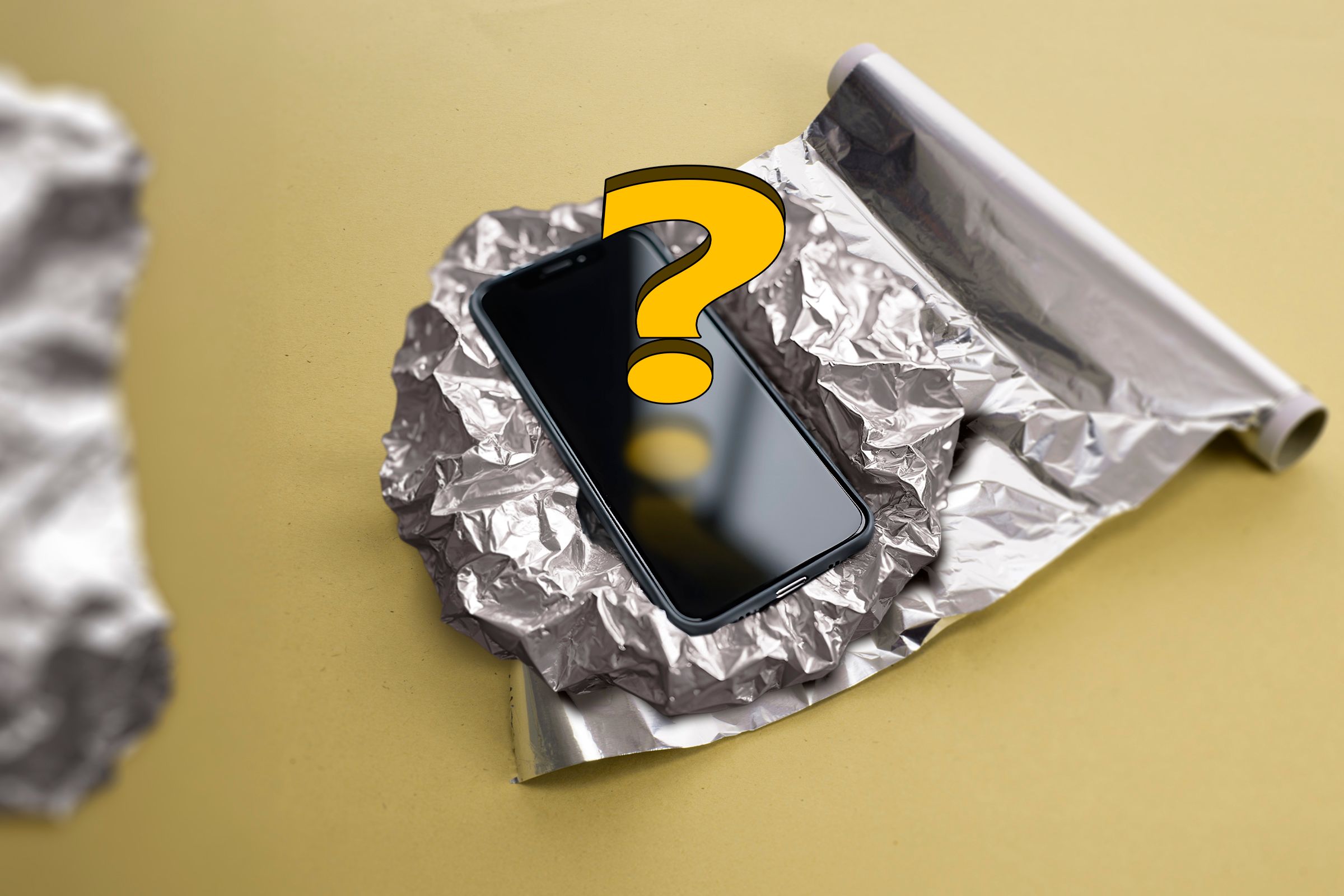
Related
Here’s What Wrapping Your Phone in Aluminum Foil Does
I wrapped my phone in tinfoil.
Modern Networks Don’t Use That Tech Anymore
The most significant reason interference has vanished is that mobile networks themselves have changed. GSM networks used a technique called TDMA (Time Division Multiple Access), which resulted in very sharp, rhythmic RF pulses. It wasn’t just TDMA itself, but the way GSM modulated its signal that made it so noisy for nearby speakers.
Either way, what you were hearing on your speakers was this distinctive pulsing that 2G (second-generation) cellular networks use. Newer network technologies like UMTS (3G), LTE (4G), and 5G don’t use this pulsed pattern, though UMTS does still use related techniques, but in an RF envelope that doesn’t buzz speakers in quite the same way.
Instead, they rely on different forms of multiplexing and modulation that produce smoother, less spiky transmissions. As a result, even if your phone is actively sending and receiving data, it’s not producing the kind of interference-prone RF activity that older GSM devices did.

Related
8 Ways To Improve Your Cell Signal at Home
If your text messages don’t go through and your calls keep dropping at home, consider using these tips to improve your cell signal.
Better Shielding Is Standard Now
It’s not just that the phones have changed, speakers and amps have better shielding too. When you think about it, just about every device with speakers these days has some sort of wireless data transmission in it. Whether that’s Bluetooth, Wi-Fi, or an actual cellular modem. So it stands to reason that the audio system in these devices would be shielded so that these wireless transmissions wouldn’t cause interference with its own speakers.
Back in the early 2000s, many speakers and audio devices—especially cheaper models—had little to no shielding from outside interference. They effectively acted like unintended antennas, picking up and amplifying nearby RF signals. Today, shielding is a given, especially for powered equipment. Even low-end gear benefits from decades of accumulated best practices in EMI reduction.
This tracks for me, because “cheap” pretty much describes everything I owned in high school!
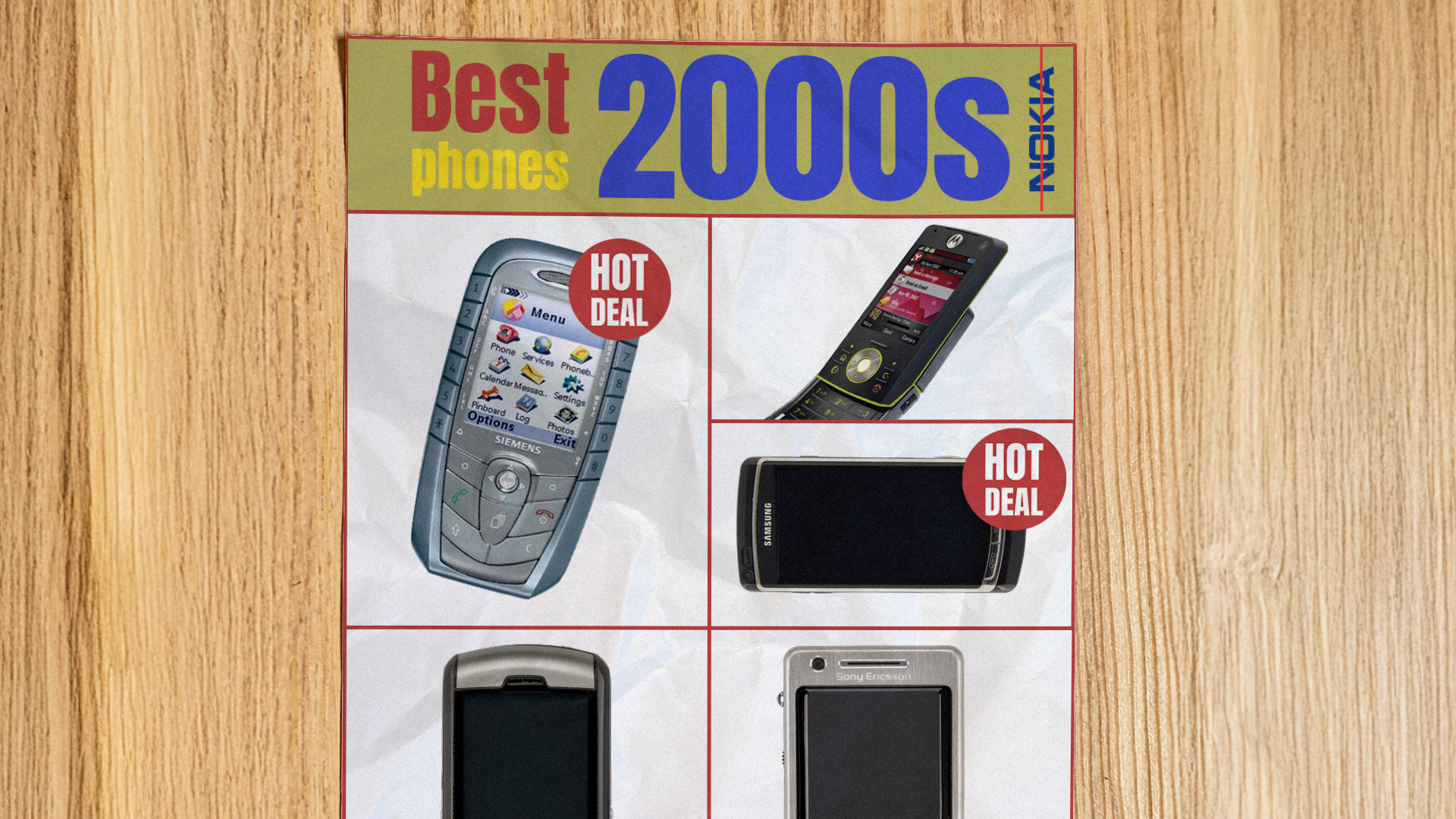
Related
My 10 Favorite Phones From the 2000s That Weren’t Made by Nokia
Decades later, I still love these phones.
Phones Got Smarter About Emissions
The next piece of the puzzle is that phones themselves have become much better at managing their emissions. Modern devices have multiple antennas for Wi-Fi, Bluetooth, cellular, GPS, and more—all packed into a tiny form factor. Managing all those emissions without interfering with each other (or nearby devices) requires intelligent radio management and much stricter emission controls.
Basically, smartphones aren’t just smart because they can run apps. They use narrower bands, only use as much power as they need to transmit, and cooperate with the network intelligently to minimize waste. Besides, the phones have to comply with emissions regulations in each country, and these also limit how much one device can interfere with another.
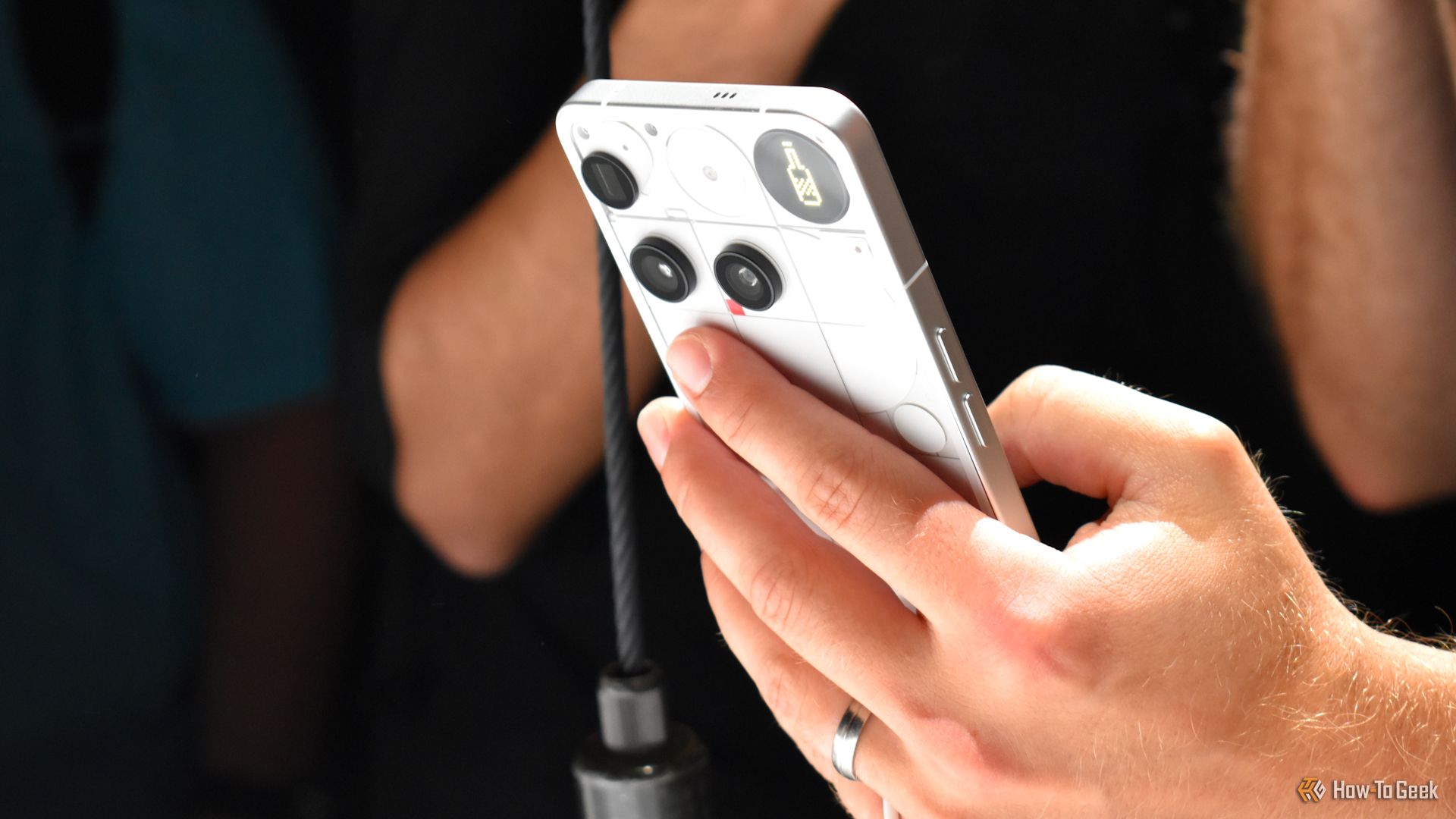
Related
These 5 Phone Features Don’t Matter Much to Me
Impressive specs. Unused by me.
Your Phone Is Always Talking—but Much More Quietly
Interestingly, phones today are more talkative than ever. They’re constantly pinging servers, syncing notifications, checking GPS, and maintaining background data connections. But all of this happens in a much more refined way.
Modern phones maintain a near-constant connection to the network, but they do it using low-power, smoother waveforms. So even if there were interference, it wouldn’t sound like that old dit-dit-dit—it’d be more of a low hiss or hum, if anything.
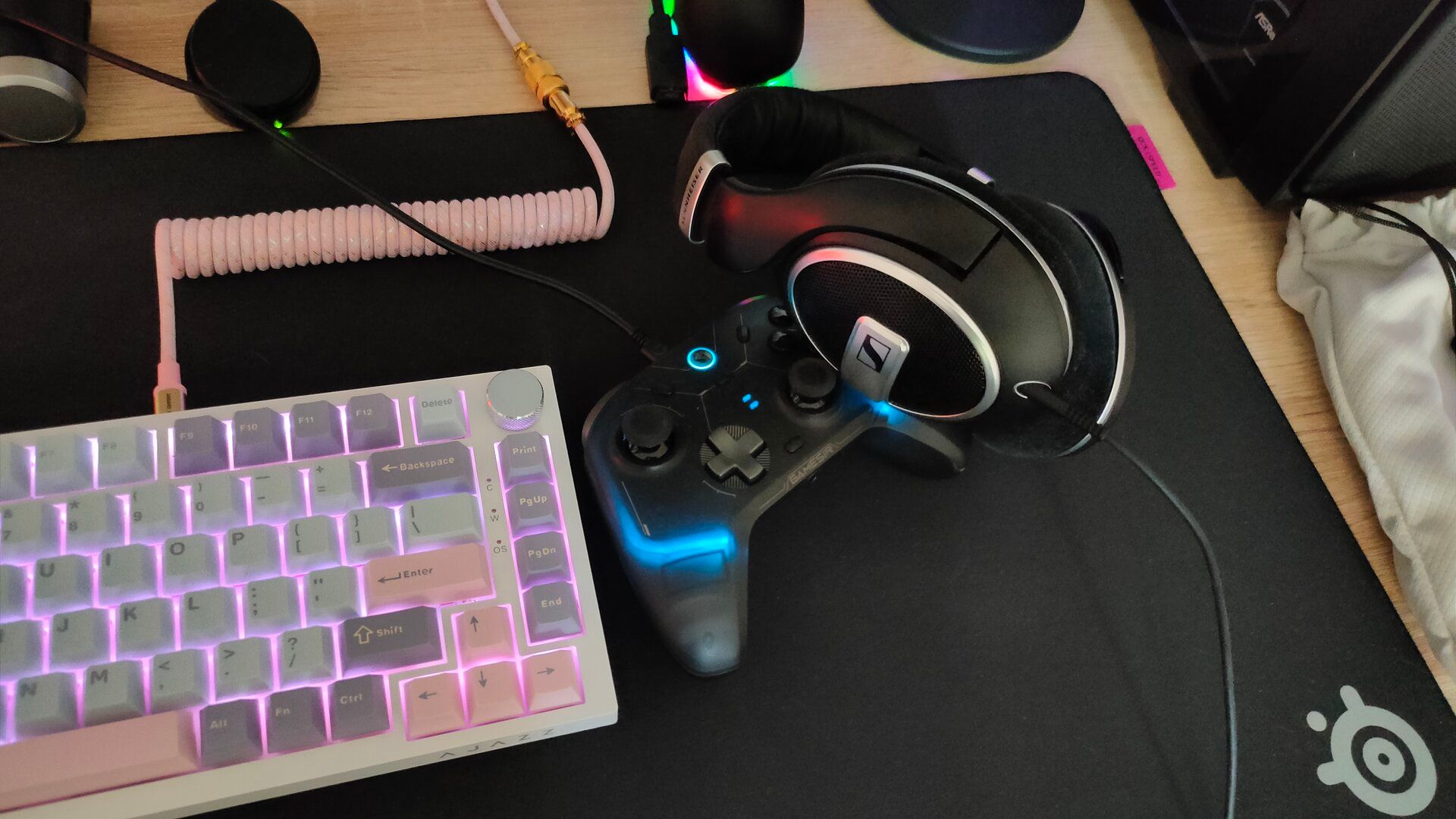
Related
I Refuse to Go Wireless With These 7 Gadgets
Some devices are just meant to be wired.
Unless You’re Using a Really Old Amp…
Of course, there are always exceptions. Some vintage audio gear—particularly older guitar amps, PA systems, and speakers without proper shielding—can still pick up stray RF emissions. If you’re still using gear from the 80s or 90s, it’s possible your smartphone could cause a little noise, especially if it’s physically close to the circuitry.
This entire question came to mind when we had service issues on my local cellphone network, and for some reason my iPhone 14 Pro started to cause a humming buzz on my computer speakers. Though it didn’t sound like I remembered, it had been many years since I’d heard speaker interference on anything. And so, looking for an answer, I found the information above.
